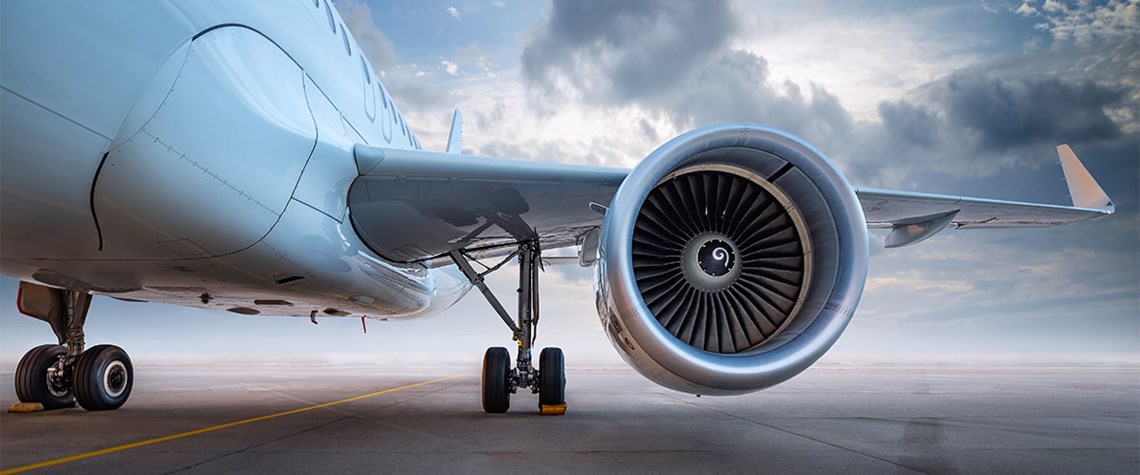Efficiency and SAF key to cutting aviation emissions
Rate of efficiency improvements must be doubled while SAF production must grow fivefold under a net-zero scenario
Greater use of sustainable aviation fuels (SAFs) and improved aircraft fuel efficiency will be the most important factors in reducing aviation sector emissions under two scenarios developed by the Mission Possible Partnership (MPP)—an alliance of climate research groups and private companies—that are consistent with a global net zero by 2050 pathway. Under both scenarios, annual fuel efficiency gains are doubled compared with historical gains and SAF production capacity is ramped up from the current 5.5mn t/yr to 40-50mn t/yr by 2030 and 300-370mn t/yr by 2050. “This transition strategy outlines plans and projects that are high on the agenda of ambitious companies, including the ‘nuts and bo

Also in this section
10 December 2025
Net zero is not the problem for the UK’s power system. The real issue is with an outdated market design in desperate need of modernisation
28 November 2025
The launch of the bloc’s emissions trading system in 2005 was a pioneering step, but as the scheme hits 21 its impact as a driver of decarbonisation is still open to debate
18 November 2025
Vicki Hollub, president and CEO of Occidental, has been selected as the 2026 recipient of the Dewhurst Award, the highest honour bestowed by WPC Energy. The Dewhurst Award celebrates exceptional leadership, groundbreaking innovation and a lifetime of significant achievements in sup-port of the development and advancement of the energy industry.
11 November 2025
Transition policies must recognise that significant industrial demand for carbon will continue even as economies hit net zero







